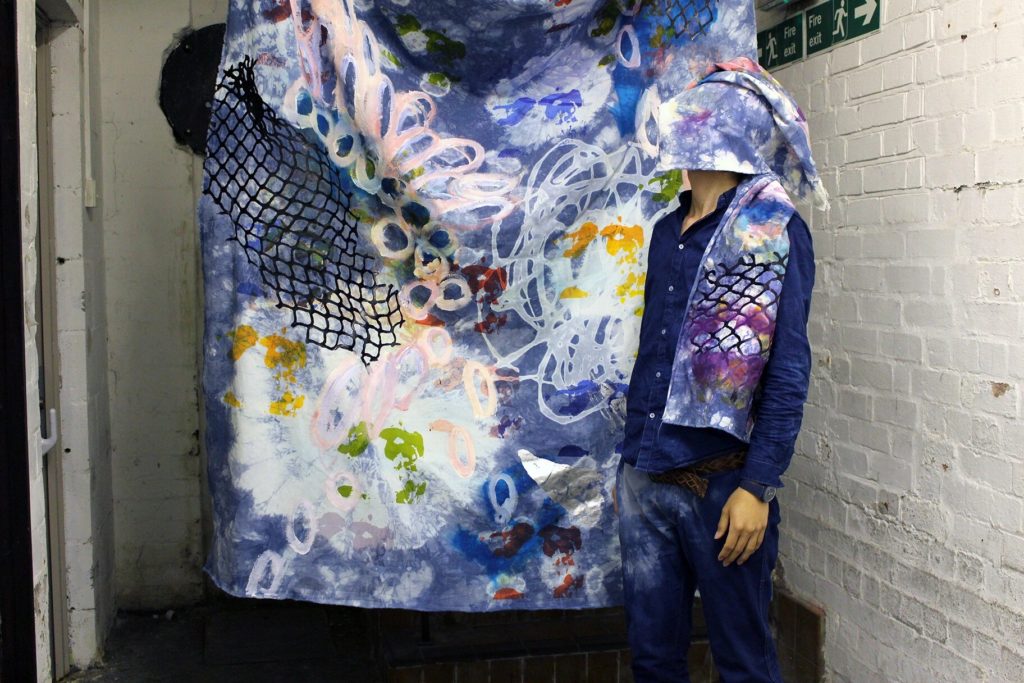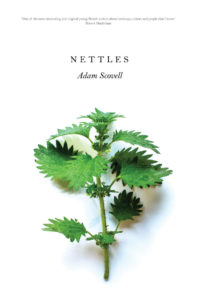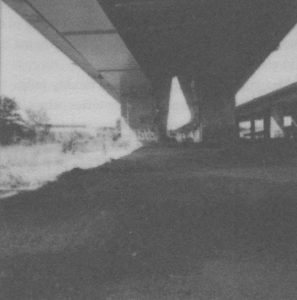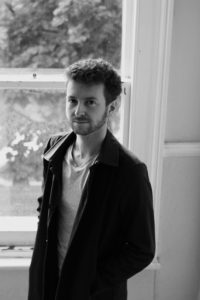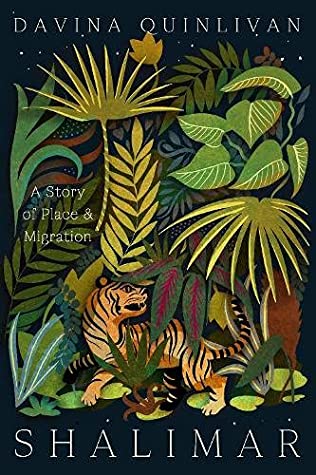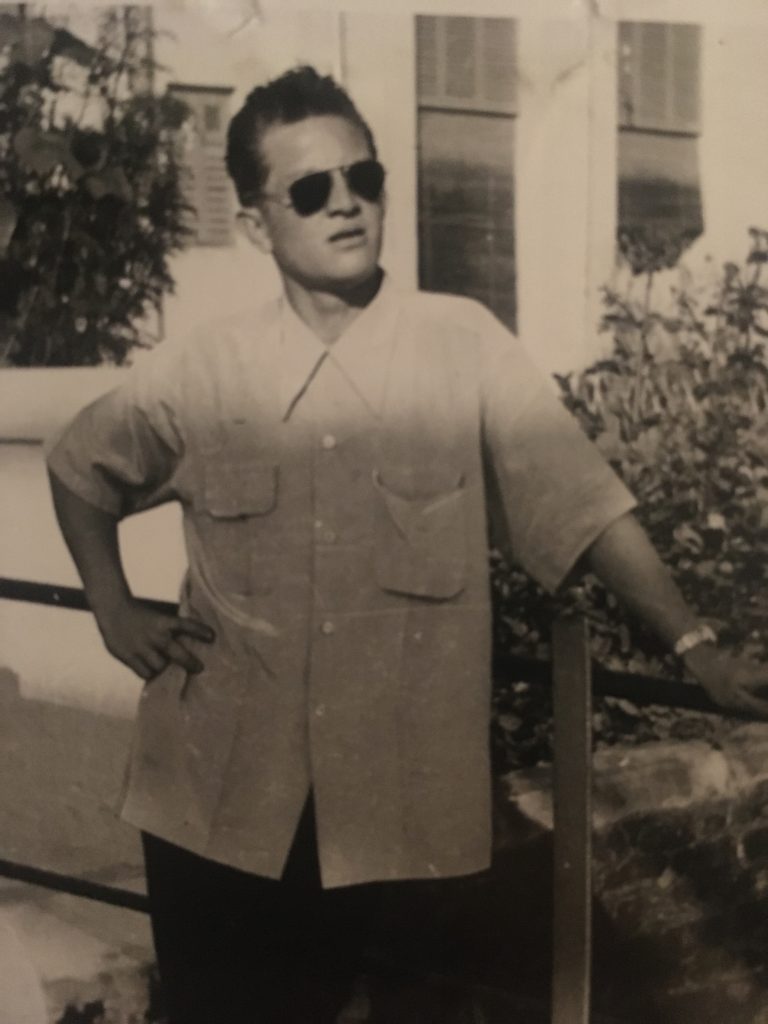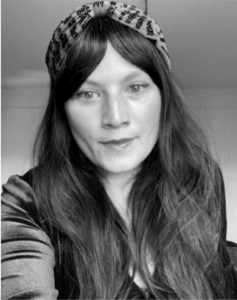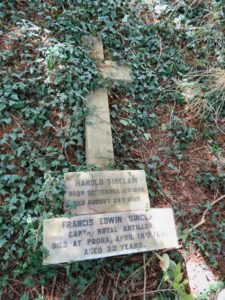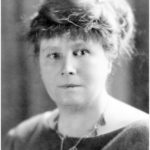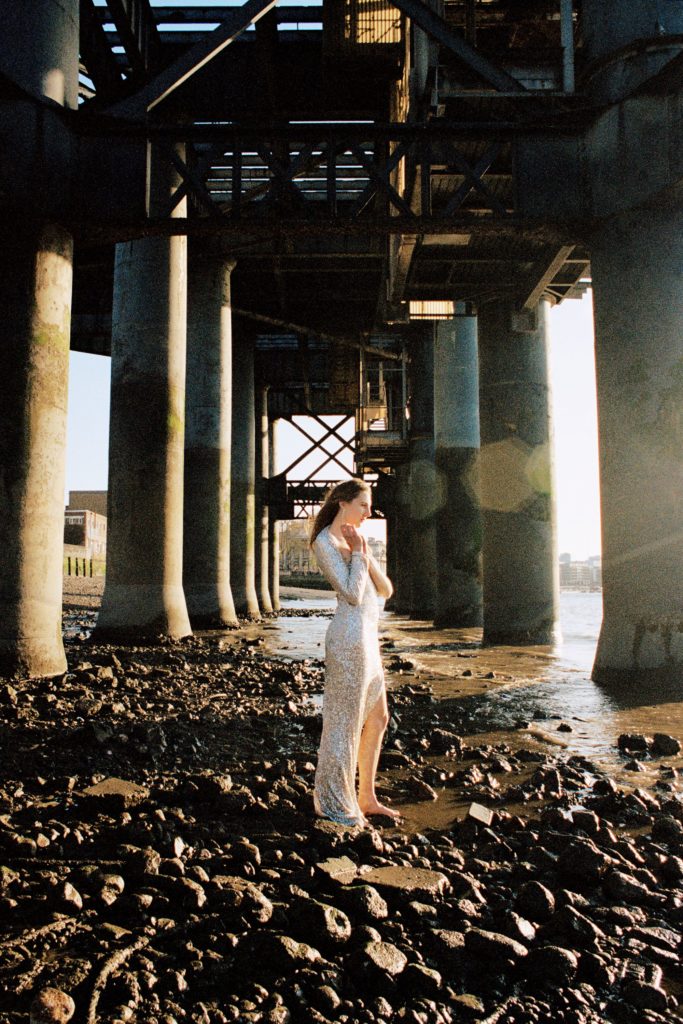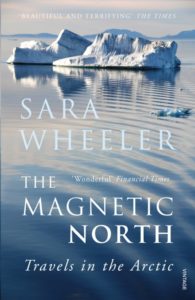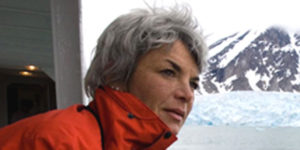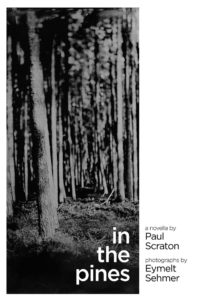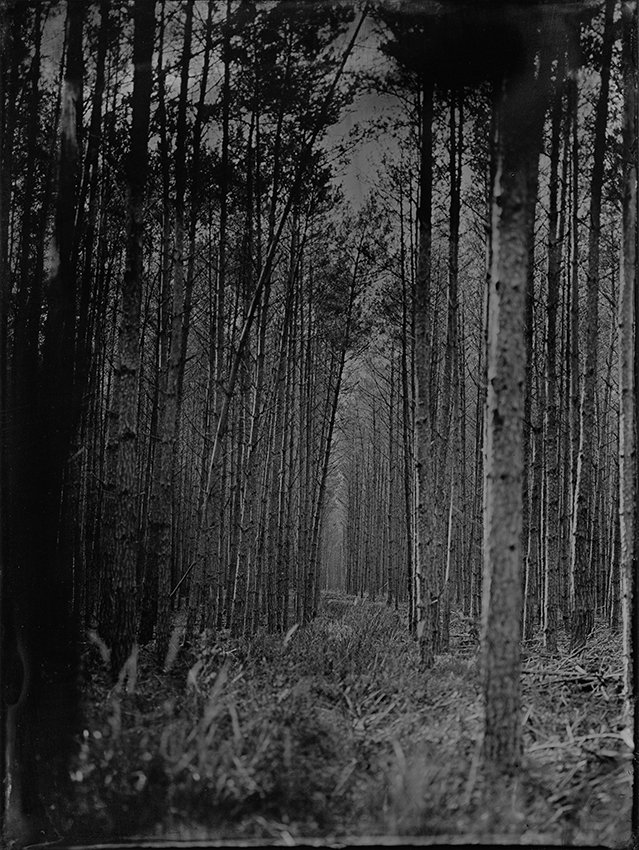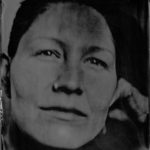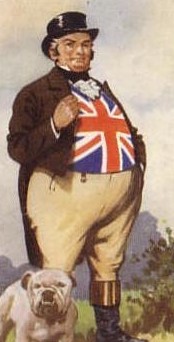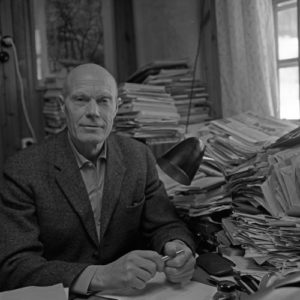Book Review – June 2022
My mind settled on one turbulent year in my life in which I moved home nine times. I wrote about a moment where, standing in a 19th floor council flat in Shepherds Bush, London, I felt confused and anxious, unsure if I was packing or unpacking the boxes and bags standing in front of me.
 Opening the pages of Robinson in Chronostasis is like setting out on a psychogeographic dérive. You do not know where the journey will take you nor what you will see along the way. Discovering the route through this work is satisfyingly unclear. You can follow Sam Jenks’s narrative, a small block of text on each page, or perhaps read the story told by Koji Tsukada’s photographs, starting and finishing the sequence wherever you choose. Alternatively you can be drawn along by the looping threads, the puzzling symbols, of Dan Jackson’s graphic designs.
Opening the pages of Robinson in Chronostasis is like setting out on a psychogeographic dérive. You do not know where the journey will take you nor what you will see along the way. Discovering the route through this work is satisfyingly unclear. You can follow Sam Jenks’s narrative, a small block of text on each page, or perhaps read the story told by Koji Tsukada’s photographs, starting and finishing the sequence wherever you choose. Alternatively you can be drawn along by the looping threads, the puzzling symbols, of Dan Jackson’s graphic designs.
All three elements are offered up on each double-page spread and the reader is given a choice of routes to take. Indeed, with the whole volume coming in at less than eighty pages, it is possible for the creative reader to complete the book more than once, plotting a different route each time.
Jenks’s narrative takes the reader on a journey through the streets of Bath, mixing past and present, memory and sensation. In doing so he seems to raise questions about our perception of time and the nature of story-telling and memory. The answers, if there are any, are left for the reader to decide.
Robinson, of course, is the companion of the narrator in Patrick Keiller’s Robinson films. He/she/they is an almost mythical figure, the archetypal flâneur. Jenks’s Robinson stalks a trail left by the artist Koji Tsukada, his commentary mixing past, present and conjecture.
Tsukada’s photographs, grainy and brooding, pepper the text. They were created using a 3D photocopy/facsimile of a folding pocket Kodak from 1904 that he bought in a Bath flea market.
Robinson in Chronostasis is a bold and challenging work; a slim but beautifully produced volume. Somehow, however, it feels unfinished. But, I don’t know, perhaps that is the whole point.
Sam Jenks
Sam is a writer, queering psychogeography, strayed from the path, hopelessly lost. He uses fiction-auto-fiction-non-fiction-mash-up to approach his interest in landscapes and strangers in strange places. His short stories have been published in Fruit Journal, Queerlings, and Litro.
Koji Tsukada
Koji is an artist based in Nagano, Japan. Between 2015 and 2018 he studied and practised art in Bath, UK. He has a particular interest in landscape, memory and myth.
Dan Jackson
Dan is a designer with an avidity for literature, poetry and stories. His practice centres around using design and illustration to accompany, embellish and evoke the written word in publications and book covers.

